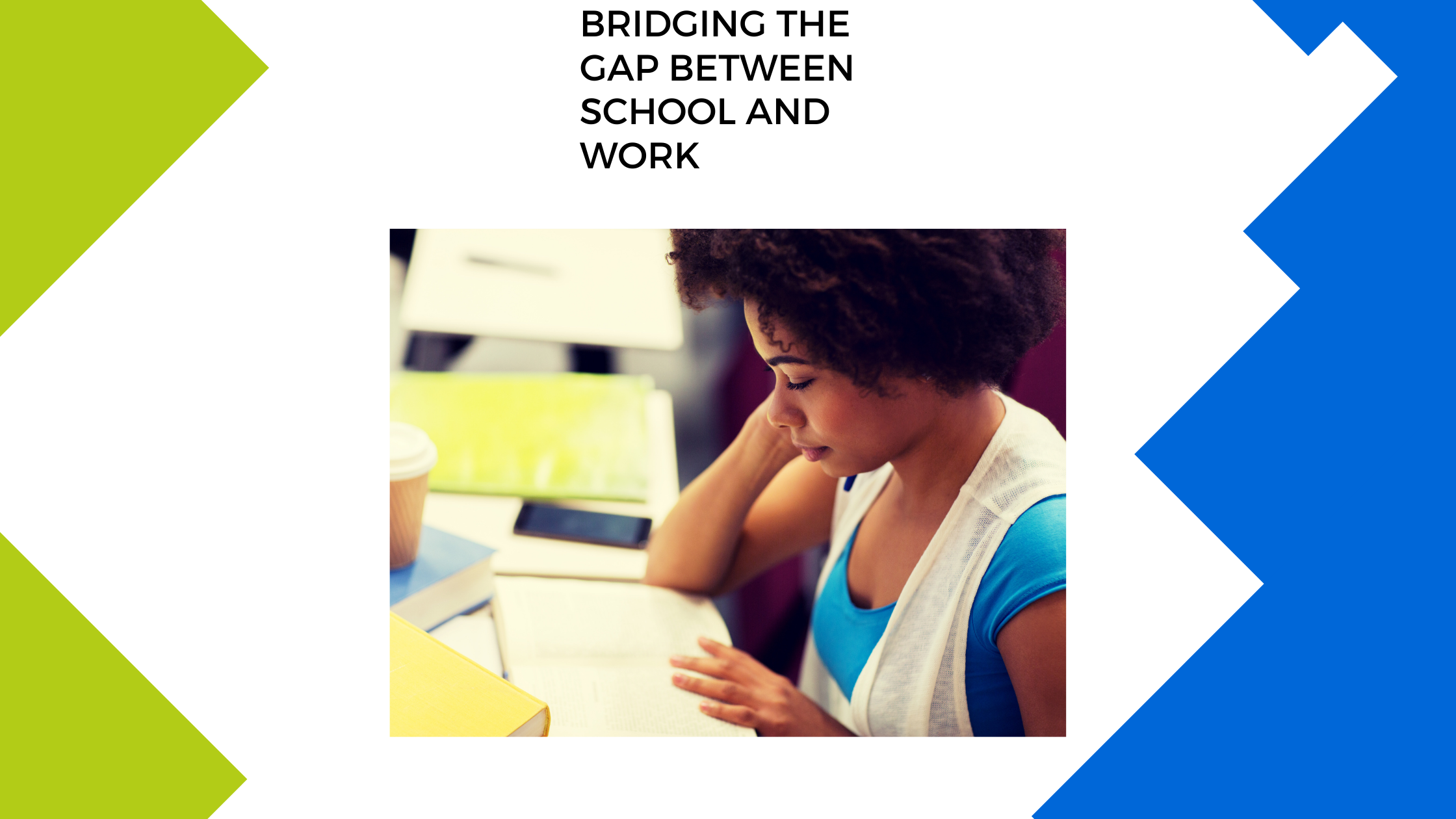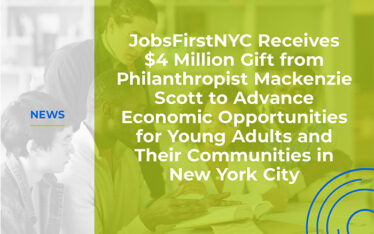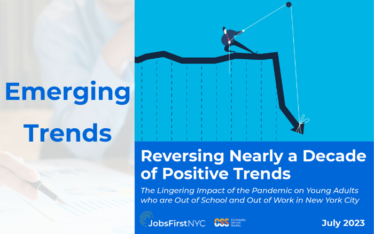Lucy Friedman recently completed her term as a Visiting Fellow at The Pinkerton Foundation. She previously served as President of the ExpandED, formerly known as The After-School Corporation (TASC), which was established as a nonprofit organization by the Open Society Foundations in 1998 to increase the quality and availability of after-school programming in New York City. Ms. Friedman was also an Executive and Founding Director of Safe Horizon, the largest national victim assistance program.
Even before the pandemic shunted them into online learning, many high school students failed to see a connection between their work in the classroom and their real-world futures. The rare exceptions? Young people whose education included a work-based learning experience—and with it a sampling of career opportunities they might never have imagined. As one young woman put it in a recent New York Times article, “If it wasn’t for these youth work-force programs, I don’t think I would have realized I wanted to be a mechanical engineer.”
It was precisely this disconnect between what high schoolers learn in the classroom and their ideas and dreams about future careers that inspired me to consider how we might reimagine the relationship of education, employment and the economy.
As a Visiting Fellow at the Pinkerton Foundation, I had the privilege of delving into this challenge through interviews with experts, visits to schools and data analyses. This research persuaded me that all young people can benefit from work experience whether they plan to go to college, pursue a credential or career, go to work—or, as is increasingly the case, some combination. And it led me to recommend that every high school student should have a work-based learning experience. Better yet would be a three-tiered, work-based learning initiative that would lead to a meaningful—and paid—internship before graduation. The full findings from this research, along with the recommended programming can be found in the latest of the Pinkerton Papers, Bridging the Gap Between School and Work.
Under this initiative, high school students would begin the sequence with a course that would expose them to an array of career opportunities. In the second phase, students would participate in a skill-building service or business learning project under the direct supervision of a teacher and a community educator. The initiative would culminate in a well-supervised and well-supported internship that would include skills training and at least 150 hours of work at minimum wage. The internships could be in government, nonprofit organizations or the private sector. The benefits of the initiative would be greatly amplified if high school teachers integrated work-based learning with classroom academics and helped students reflect on their internship experiences.
The goal of these recommendations is to build on the energy, intelligence, and creativity young people could and should bring to New York’s economic recovery and the lives of their communities. To do this, we need to ensure that young people from every community have equitable access to choice-filled and productive lives and that early decisions do not preclude later options. To do that will require nothing less than redesigning the traditional education, summer jobs and youth workforce fields. But the effort is worth it: to offer every high school graduate, whether college-bound now, in the future or not at all, the opportunity to develop the skills and confidence to succeed in careers that exist today—and ones that they can’t yet imagine.





